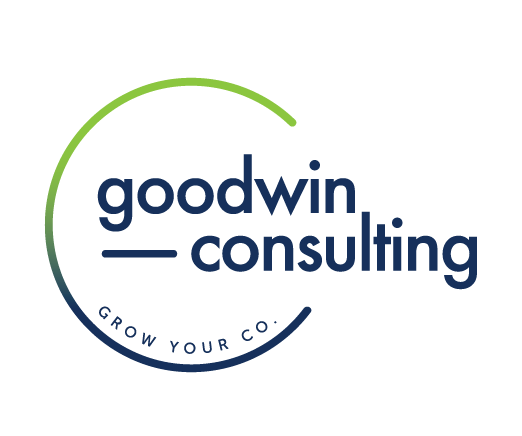Whether you’re putting together a press release, being interviewed by a journalist, or gearing up to launch a new marketing campaign, product, or service, your success hinges on how well you know your audience.
During my years of coaching companies in media relations, advising on crisis management, and spearheading PR strategy, I’ve learned just how tough it can be to effectively understand and target an audience. Using basic demographics won’t do the trick; you also need to understand your audience’s interests, the challenges they’re facing, and the conversations they’re participating in.
“Spraying and praying” (i.e., indiscriminately sending out press releases or pitching journalists) is never the answer. Instead, you’ll want to make sure that your messaging fits your audience like a glove.
Above all, this means doing your homework. As we’ll explore, smart research will allow you to establish yourself as an industry expert, discover new markets, understand audience segmentation, tailor PR engagement strategy, and capitalize on social media—no matter what your message is.
Use Market Research to Your Advantage
Knowing your audience starts with knowing your market.
Even if you’ve already chosen an audience (which isn’t the same as knowing it!), resist the urge to rush into a communications strategy.
Instead, step back and listen to the conversations already taking place in your target market, identify its most pressing issues, and brainstorm ways to meaningfully join the conversation. This kind of research will lend you the industry expertise necessary for being recognized as a market leader rather than simply a market actor.
You can also use market research to explore new opportunities that align with your goals. Don’t neglect new markets simply because they’re unfamiliar, for instance. Instead, remember: the key difference between the layperson and the expert is that the expert has done their homework!
Developing Audience Personas
Once you’ve developed a clear picture of your market, it’s time to dive into the granular differences that exist within your audience segments.
In a way, every media relations plan is a marketing plan. To market to the right person or group, consider developing audience personas—fictional representations of your ideal customer.
For example, if you sell your products online, there are four customer personas: Competitive, Spontaneous, Humanistic, and Methodical. What would a customer who is spontaneous do vs. one who is methodical? How would your product appeal to each, and what words, visuals, or calls to action would you use? On top of this, consider your customers’ psychographics—their values, attitudes, personality traits, lifestyle, emotions, opinions, and interests.
Also, don’t forget that audience personas can comprise more than individuals or groups; you can (and should!) create personas-based businesses, media outlets, and any other type of organization that your market research has told you is important. An audit of an organization’s social media accounts is a good way to access valuable information on how these groups think, feel, act, and what they value most.
Tailor Your PR Engagement Strategies—And Get Creative!
With your market research and audience personas guiding you, you can craft truly tailored strategies for PR engagement. For instance, you might increase the likelihood of engagement and coverage by designing messaging that caters to the beats and coverage areas of journalists or the niche preferences of a particular customer segment.
I’ve seen this approach deliver results first-hand. At Catania Oils, marketing teams were able to use their audience research to target niche segments and, in turn, delivered tailored content and product offerings to them, including customized e-commerce sites.
When designing a public relations strategy like this, don’t be afraid to get creative! Here in Massachusetts, I’ve seen many companies step outside their product or service and pitch their city or town to a media outlet like Fox 25’s Zip Trips.
Instead of coming off as “look how great we are” or (even worse) ad copy, their messaging felt authentic. Illustrating knowledge of their market and the fact that they are proud to be part of the fabric of their communities, the pitch came off as less self-serving and more genuine and collaborative.
Capitalize on Social Media and Influencers
Speaking of getting creative, as you decide which channels you’ll use to push your messaging, don’t write off the power of social media. Make platforms like TikTok part of your audience research: doing so will tell you a great deal not only about your market niche (think: #hashtags) but also about who is leading the conversation (think: influencers).
After you’ve found which influencers are passionate about the products, services, or issues that matter to your audience, reach out to establish relationships with them to amplify your message. A press release about a new video game, for example, will likely make a bigger splash when delivered by a top TikTok influencer than it would on a traditional advertising or PR channel. And don’t worry if you can’t afford the one with 5 million followers! Partnering with someone slightly less famous will still have an impact.
Remember that Your Audience Will Evolve
At the end of the day, knowing and targeting your audience comes down to doing your research.
But even if you have done that homework (or just scrolled through TikTok), never forget that your audiences and their preferences are constantly evolving. To keep up with them, you’ll want to regularly test the waters to ensure that your messaging remains relevant and engaging.
From this perspective, understanding your audience is a never-ending cycle—but one that, if taken seriously, will empower you to constantly refine your approach to PR engagement.
Perhaps this research will tell you something new about an evergreen customer persona. Or maybe it will fuel ideas for a new product or application. It could even help you to see that you’re actually serving multiple markets and inspire you to rethink your approach to media relations accordingly.
Want to learn more about understanding and reaching your audience? Set up a time to chat today!

